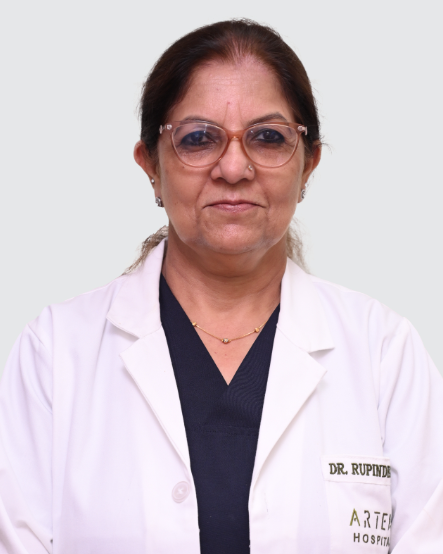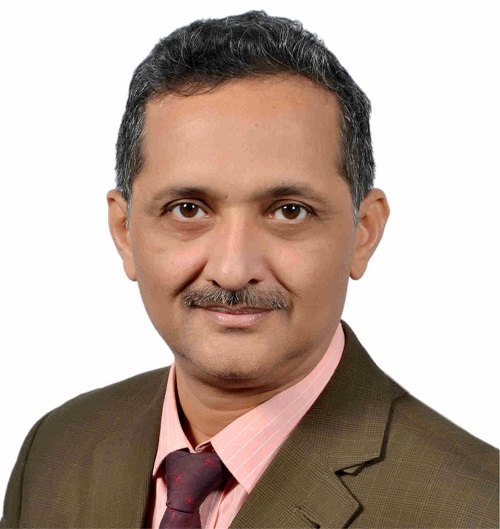Gallbladder - Meaning, Anatomy, Real Images, Function, Disease

Quick Summary
- The gallbladder is a small organ that stores bile, a fluid made by the liver to help digest fats
- Bile is a mixture of bile salts, bilirubin, triglycerides, phospholipids, and cholesterol
- Before eating a meal, the gallbladder puffs up because it's full of bile, while after eating a meal, the gallbladder deflates as it has released the bitterness it was storing
Table of Contents
The gallbladder is a little pouch-like pear-shaped organ that stores bile, a fluid made by the liver to help digest fats.
This fluid is a mixture of bile salts, bilirubin, triglycerides, phospholipids, and cholesterol. Before eating a meal, the gallbladder puffs up since it's full of bile, while after eating a meal, the gallbladder deflates as it has released the bitterness it was storing.
Anatomy of the Gallbladder
The gallbladder is a small organ in the upper-right part of your belly, right below your liver.
What are the functions of the gallbladder?
The gallbladder is a vital part of the digestive system—it stores and releases bile, a fluid that helps your body to break down and digest fats.
Gallbladder’s role in the human body?
This system has tubes that carry the bile created by the liver to the gallbladder. Then from the gallbladder to the small intestine when digestive processes are ongoing.
How does the Gallbladder work?
The gallbladder stores a Juice called bile. It helps in the digestive breakdown of fats. When you start the process of eating, your gallbladder receives specific signals from the brain that tell it to start releasing the stored bile. Once this happens, your gallbladder starts contracting and expanding to squeeze out the bile stored in the biliary system. The bile travels through the bile ducts and eventually reaches the most extensive bile duct in the biliary system, the 'common bile duct'.
The bitterness from the common bile duct finally enters the small intestine, specifically the duodenum. At this point, the bile finally comes into contact with the food you have eaten and starts breaking down the fats in it to help them be digested. At this point, the gallbladder becomes empty and deflates. This process is repeated several times during the day.
Some common issues that affect the gallbladder
The most common issue is gallbladder stones, which usually get solved by themselves with time. In serious cases, you may have to get your gallbladder removed. The removal of the gallbladder does not carry any major risks. It is usually done in cases like:
Formation of Gallstones
Stone-like objects are formed by the build-up of bile material, primarily found in the gallbladder or the bile ducts. They can vary in size, usually, they tend to be small, but they can go up to the size of a golf ball. They usually come to notice when they are bigger in size and start to cause pain and inflammation to a person. It can also lead to feeling nauseated.
Gallbladder cancer
This is an extremely rare form of cancer, and like other gallbladder-related issues. Its symptoms are as follows:
- Pain in gallbladder
- Skin or the whites of your eyes turn yellow (jaundice)
- Itchy skin
- Darker pee and paler poop than usual
- Loss of appetite
- Losing weight
- High temperatures and you may also experience shivers
- Lump in your tummy
Cholecystitis
This is a condition where a blockage is created in the Gallbladder. These blockages are created due to the formation of gallbladder stones. Because of the blockage, bile ends up being unable to leave the gallbladder, which causes the gallbladder to get filled with bile and get inflated. This condition causes fever as well as leads to experiencing pain in the gallbladder. The only way to rectify this is via surgery.
Gallstone pancreatitis
Sometimes Gallstones end up travelling through the biliary tract and get stuck in the pancreas blocking the bile duct and causing inflammation this is known as gallstone pancreatitis.
- This stops the bile from being able to enter the small intestine. The symptom of this is as follows:
- Chills
- Fever
- Jaundice
- Nausea
- Pain in the back or abdomen
- Bloating
- Loss of appetite
- Indigestion, nausea, and vomiting
- Weight loss
- Fast heart rate
Symptoms that your gallbladder needs to be checked
In most cases, the issues with the gallbladder tend to be minor; hence the only symptom people usually face abdominal pain in the upper right part of the belly. Usually, the pain tends to be mild; however, in some cases, this pain can be highly excruciating and give rise to pain attacks that range from half an hour to several hours.
In cases where there is a more severe issue at play, in addition to the pain, you may experience the following:
- Dark-coloured urine
- Feeling Fatigued
- Stools being light in colour or greasy
- Feeling Nauseated
- Losing appetite
- Getting Jaundice
- Getting Itches
- Getting fever with chills
However, people might have gallbladder cancer in some unfortunate and rare cases. Most of the symptoms of gallbladder cancer and gallbladder stones are almost similar. Also, gallbladder cancer shows its signs only in the later stages. It can be challenging to identify if someone has gallbladder cancer.
Sometimes there are also some benign growths found on the gallbladder lining; they are known as polyps. 95% of polyps are mild. Usually, polyps do not show any symptoms or cause any issues, but if and when they do, the symptoms are the following:
- It may make you feel nauseated.
- It may cause puking.
- It may cause recurring pain in your belly's upper right part.
Gallbladder treatments
- In most cases, people with Gallstones do not experience any pain and are not affected in any way. Hence, no treatment or procedure is required in that situation.
- Gallbladder surgery is called a cholecystectomy:
- The gallbladder is not an organ that is essential for our survival. Thus its removal does not have any significant impact on our lives.
- Even with the removal of the gallbladder, the biliary tract remains. Hence, the surgery ensures that the bile will flow directly from the liver to the biliary tract and then to the small intestine.
- The only possible risk of removal is diarrhoea.
- There are three different types of cholecystectomy:
- The newest and most advanced method of cholecystectomy is Robotic cholecystectomy. It is available in very few centres. In this method, a small 3 cm incision is made, and the procedure is completed in less than an hour.
- The most common form of cholecystectomy is Laparoscopic cholecystectomy. In this procedure, small incisions are made by the surgeon. This leads to less pain and a quicker recovery time. It also gives rise to fewer scars.
- TT Open cholecystectomy is done in severe cases, such as in the case of significant inflammation. This is an open surgery in which the surgeon makes one large incision. It's a lot more invasive than the other procedures.
Last Updated on: 3 September 2024
Reviewer

Dr. Hemant Kumar Khowal
MBBS, MS General Surgery, Fellowship in Minimal Access Surgery
14 Years Experience
Dr Hemant Kumar Khowal is a well-known General Surgeon and a proctologist. He has 14 years of experience in general surgery and worked as an expert general surgeon in different cities in India. He has worked in many reputed hospital...View More
Author

She has extensive experience in content and regulatory writing with reputed organisations like Sun Pharmaceuticals and Innodata. Skilled in SEO and passionate about creating informative and engaging medical conten...View More
Expert Doctors (10)
NABH Accredited Hospitals (6)
Latest Health Articles
Related Treatments





















